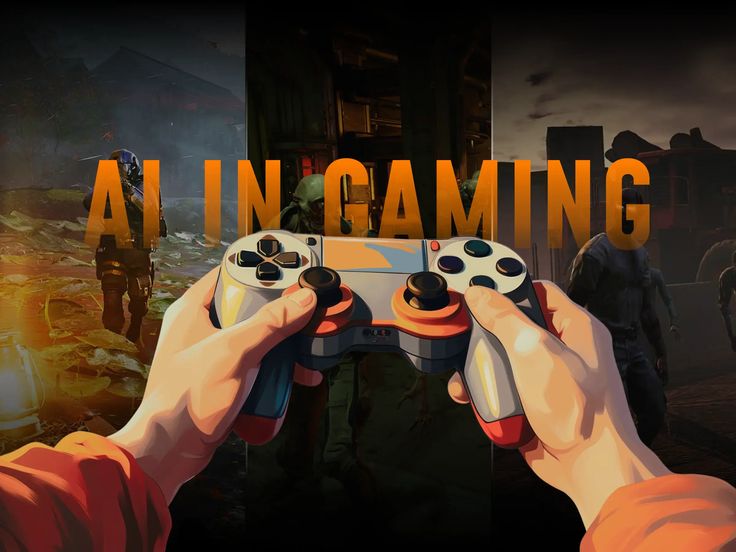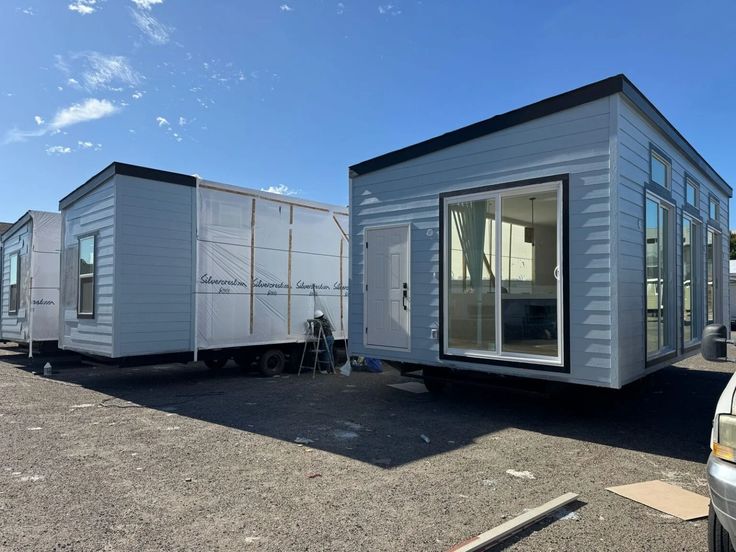In recent years, Generative AI in Game Art: Opportunities & Challenges has become a focal point in discussions across game development studios, digital art communities, and academic research. The ability of AI systems to generate concept art, textures, 3D models, animations, and whole scenes is pushing the boundaries of what small teams and even solo creators can achieve. But with great potential come nontrivial challenges. In this post, we’ll explore both the opportunities and the challenges presented by generative AI in game art workflows — and what developers, artists, and studios need to keep in mind.
Opportunities
1. Accelerated Iteration & Concepting
One major opportunity is the ability to rapidly produce visual ideas during the concept phase. Instead of waiting days for a concept artist to generate multiple variants of an environment, generative AI tools can output dozens of variations in minutes. This speeds up ideation, enabling designers and art directors to sift through more options and refine the visual direction faster.
2. Assistance for Smaller Teams & Indies
Large AAA studios often have the manpower to build huge art pipelines. But smaller studios or indie teams struggle with limited art resources. Generative AI can help fill in gaps — for example, generating textures, foliage, or background assets — freeing human artists to focus on hero assets and polish. This levels the playing field somewhat, enabling smaller teams to punch above their weight in visual fidelity.
3. Procedural Diversity & Variation
One of the longstanding goals in game art is to avoid visual repetition, especially in open world or large levels. Generative models can procedurally generate textures or 3D geometry variations (e.g. rock shapes, foliage clusters, architectural embellishments). This diversity helps reduce the “tiling” look or repetitious patterns that break immersion.
4. Style Blending & Exploration
Generative AI offers the capacity to blend styles (e.g. combining steampunk with art deco, or fantasy with sci-fi) and explore hybrid aesthetics. Artists can prompt the system with style references, guiding novel outputs that might not have occurred via manual sketching. This can spark creative leaps and new visual directions.
5. Speeding Up Mundane Tasks
Tasks like UV unwrapping, texture painting, normal map generation, or base mesh retopology are often repetitive yet time-consuming. Generative AI tools (or AI‑assisted modules) can automate or accelerate many of these pipelines, enabling artists to focus more on high‑impact creative decisions. The result: more time allocated to polish, composition, and artistic storytelling.
6. Cost Efficiency Over Time
While high-end generative AI systems may require computational resources or licensing, over time the reduced labor hours per asset can lead to cost savings. Studios that adopt these tools strategically can reduce bottlenecks in art production and avoid overstaffing in certain pipeline stages.
Challenges
Despite the promising opportunities, Generative AI in Game Art: Opportunities & Challenges also faces substantial obstacles. Let’s examine some of the key hurdles.
1. Quality Control & Consistency
One perennial issue is ensuring output quality and art direction consistency. Generative AI might produce a beautiful asset in isolation, but mismatched style, lighting, or proportions can conflict with the rest of the game’s visual language. Human oversight is essential to vet and refine AI outputs to maintain a coherent visual style.
2. Intellectual Property & Licensing Issues
Many generative systems are trained on vast datasets, sometimes including copyrighted art. This raises legal and ethical concerns regarding whether generated assets inadvertently replicate or plagiarize existing works. Studios must be cautious about licensing, dataset provenance, and ensuring that AI outputs are legitimately owned and cleared for commercial use.
3. Artist Displacement Fears & Resistance
Some artists fear that generative AI might replace them — or devalue their skills. While AI is more likely to serve as a collaborator or tool, the psychological and sociocultural resistance among creatives can slow adoption. Studios and leaders must foster environments where AI is seen as assistive, not adversarial.
4. Technical Limitations & Artifacts
Generative models are not perfect. They can produce visual artifacts (e.g. odd geometry, texture seams, anomalies) or fail to handle edge‑cases appropriately. When zoomed in or used in close views, flaws can reveal themselves. Manual cleanup and correction often remain necessary.
5. Integration with Existing Pipelines
Most game studios already have their own art and engine pipelines (e.g. Maya, Blender, Unreal, Unity). Integrating generative AI tools smoothly into those workflows — with export formats, shader compatibility, and engine constraints — can require custom bridging tools or infrastructure. Compatibility and interoperability become nontrivial.
6. Compute & Resource Costs
Training and running state-of-the-art generative models (e.g. diffusion models, 3D generative networks) can be computationally heavy and expensive. Not all studios can afford the GPU infrastructure or cloud costs for high‑volume generation at scale. In constrained budgets, this can limit the utility of generative AI.
7. Ethical & Diversity Concerns
Generative AI systems can inadvertently reinforce biases present in their training data — for instance, underrepresenting certain cultural aesthetics or perpetuating stereotypical designs. In global games, ensuring that generated art is culturally inclusive, respectful, and diverse is a responsibility. Bias mitigation, dataset curation, and human review are vital.
8. Overreliance & Creativity Stagnation
If a studio leans too heavily on generative tools, there’s a risk of creative complacency. Turning to AI for many decisions may diminish the exploratory risk-taking of artists. Balancing AI’s productivity boost with spaces for human-led experimentation remains a challenge.
Best Practices & Recommendations
To make the most of Generative AI in Game Art: Opportunities & Challenges, here are some recommended best practices:
-
Hybrid workflows – Use AI for rough drafts, variety, or base generation, then have human artists refine, polish, and unify assets.
-
Curated training datasets – Ensure that the data used to train or fine-tune models is legally cleared, high‑quality, and stylistically aligned.
-
Style-conditioning & constraints – Use prompt engineering, style guides, and constraints to keep the AI outputs in visual harmony with the game’s aesthetic.
-
Iterative feedback loops – Treat AI generation as part of an iterative loop: generate → review → refine → regenerate.
-
Artifact detection & validation – Build tooling or QA pipelines to catch geometry flaws, texture seams, or other anomalies early.
-
Education & skill training – Train artists and technical teams in prompt engineering, AI model tuning, and hybrid workflows so that tool adoption is smooth.
-
Ethics & governance frameworks – Set policies around data provenance, IP licensing, bias review, and transparency in how AI is used in production.
-
Scalable compute planning — Forecast GPU/cloud resource needs, possibly using hybrid on‑premise + cloud, and monitor costs carefully.
Looking Ahead: The Future Landscape
Looking forward, Generative AI in Game Art: Opportunities & Challenges promises even more transformative innovations. We can expect better 3D-aware generative models (e.g. generating full scenes or rigged characters), real‑time generative effects, interactive world generation, and more seamless human-AI collaboration tools. As models improve in efficiency, affordability, and controllability, adoption will expand deeper into mainstream production pipelines.
Yet the challenges will evolve too — especially around legal frameworks, creative authorship, and ethical uses of AI in culture and entertainment. The balance between enabling efficiency and preserving artistic integrity will continue to define the success of generative AI in game art.
Conclusion
In summary, Generative AI in Game Art: Opportunities & Challenges offers immense potential to accelerate workflows, democratize high‑fidelity visuals, and generate creative diversity. But it also brings serious considerations around quality control, intellectual property, artistic agency, technical constraints, and ethical responsibility. The best results are likely to come when developers and artists use generative AI as a trusted assistant—not a replacement.
By adopting hybrid workflows, carefully curated datasets, governance policies, and infrastructure planning, studios can harness AI’s strengths while mitigating risks. And in domains beyond games—such as digital marketing, interactive media, and visual storytelling—the lessons from generative AI in game art will ripple outward.







0 Comments